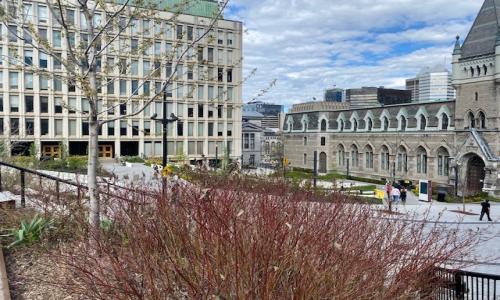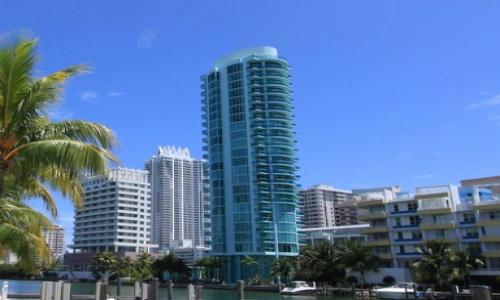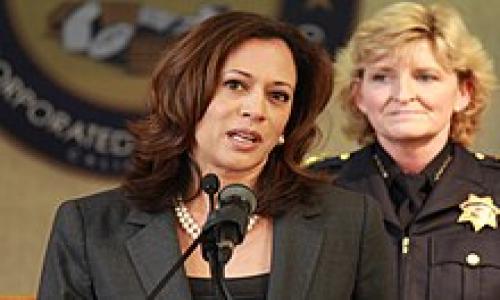A new program designed to offer financial help for the unemployed and underemployed was recently approved by the US Housing Department. Dubbed the Emergency Homeowners’ Loan Program, it provides $1 billion in relief for homeowners who have lost their jobs or had their income significantly reduced but still have the financial responsibility of a mortgage to pay.
Although $1 billion has been allotted for this program and over 100,000 troubled homeowners have applied for the assistance, the Housing Department only expects to use half of that money because fewer than 15,000 people will likely qualify under the strict criteria. In order to qualify for financial help under the new program, a homeowner had to prove that they have lost at least 15 percent of their income as the result of the economy or because of a medical condition that prevented them from working. Also, an applicant had to be at least 90 days delinquent on their mortgage payments and facing foreclosure.
If an applicant qualifies for the program’s financial assistance, they could receive an interest-free loan for up to $50,000 or two years of assistance. This means that if the monetary amount paid out by the program reaches $50,000 within two years, the homeowner receives no further assistance from the program. But even if the assistance has not reached the $50,000 limit after two years is up, the assistance stops as well.
Many in the federal government had high hopes for this program. Until now, the unemployed and underemployed were segments of troubled homeowners that were not being helped by the various initiatives, such as mortgage modifications. The Emergency Homeowners’ Loan Program, however, was passed last year and it was modeled after a Pennsylvania program which helped tens of thousands of homeowners nearly 30 years ago. The current program, however, has turned away thousands of people who did not qualify for some reason or another.
Critics say qualifying for the assistance through this program is too difficult and that Congress made it that way so only a small percentage of applicants would actually qualify for the help. For one thing, if a homeowner makes a partial payment at any time, the clock starts over on the 90 days requirement. If an applicant was only two months behind on their mortgage payments, they were also denied the assistance.
Todd Richardson, the program’s director, had this to say about the program’s requirements: “No one could have anticipated how difficult the statutory requirements would make it to qualify homeowners.” He went on to say that they are finding the “vast majority” of applicants being deemed ineligible because of the strict requirements.
Another criticism of the plan has to do with its marketing. Some critics say that HUD, the department in charge of the program, failed to publicize it which resulted in a lower number of people applying for the financial help. If people didn’t know about the program, how could they even apply for the financial assistance?
Due to the low number of applicants and resultant number of homeowners who actually qualified for the help, the Department of Housing is returning about half of the $1 billion allotted for the program. That seems like a real shame when there are tens of thousands of people who are in real need of mortgage assistance but failed to meet the financial requirements or missed the deadline for applying because they didn’t know that the program even existed.













Add your Comment
or use your BestCashCow account